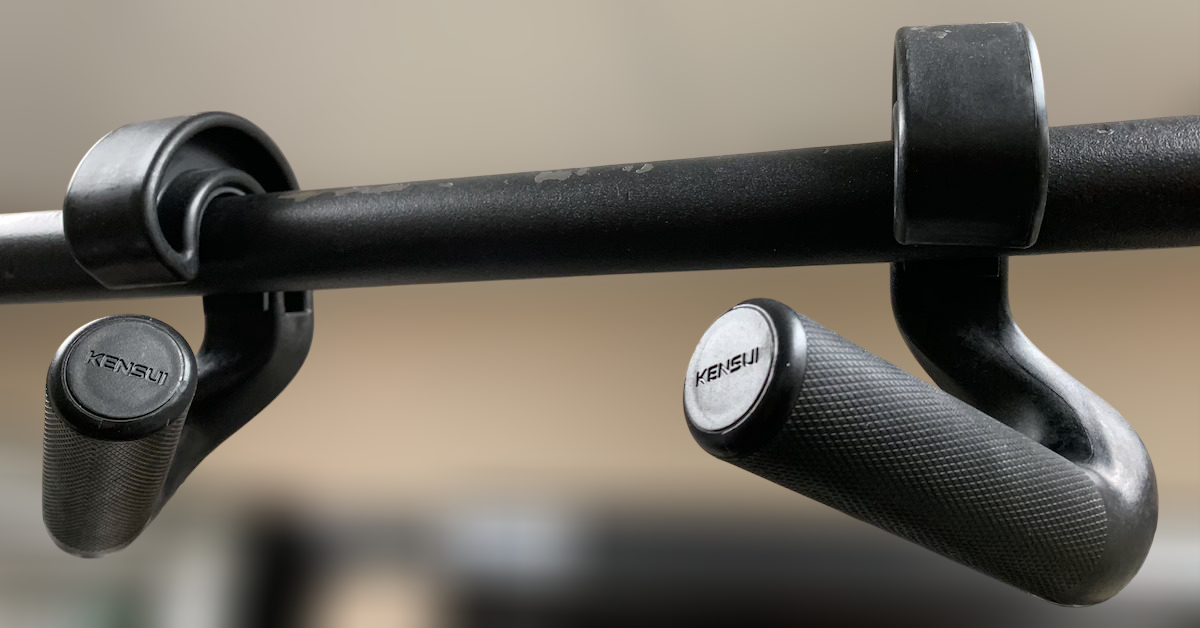Recently, a 70-year-old client of mine wanted to add high-intensity interval training to her routine, so she joined a local gym. As part of her membership, she received a complimentary assessment — which included a body fat test using bioelectric impedance.
What is Bioelectric Impedance?
This method sends a small electrical current through the body. Based on the resistance encountered, it estimates total body water — which is then used to predict body fat percentage.
It’s a quick and easy test, which makes it popular in many health clubs, but it’s far from the most accurate way to assess body composition.
The Shocking Results
My client — who eats well, trains consistently, and is in great shape — was expecting reasonable results.
Instead, the trainer told her (with a straight face) that she was 44% body fat and needed to lose 16 pounds!
Let me be clear:
- No trainer should ever tell a client how much weight they need to lose.
- And to tell a 130-pound healthy woman that she needs to lose 16 pounds? Completely ridiculous and unprofessional.
It doesn’t take an expert to know these results were wildly inaccurate. Suggesting that nearly half of this client’s body was fat is simply absurd.
This Isn’t an Isolated Case
Bodybuilding coach John Parrillo once shared a similar story involving one of his top female athletes. You can hear it for yourself at the 9:16 mark of this interview:
https://web.archive.org/web/20190423103310/https://inertiahealthandfitness.com/category/performance-podcast/
The Bottom Line
Bioelectric impedance can be influenced by several factors:
- Hydration status
- Body fluid levels
- Electrode placement
If you want a more accurate and reliable measure of body fat — especially for tracking progress — look to better methods like a DEXA scan or skinfold measurements. These not only provide greater accuracy but also show fat distribution throughout the body.
Learn more here → https://theelitetrainer.com/product/how-to-measure-your-clients-video-presentation/
![How to Measure Your Clients [Video Presentation]](https://theelitetrainer.com/wp-content/uploads/2019/03/How-to-Measure-Your-Clients.png)
How to Measure Your Clients [Video Presentation]
Most certifications tell you to track client progress—but rarely show you how. In this 45-minute video presentation, John Paul Catanzaro walks you step by step through a proven three-stage system for measuring clients, including the single most important tool for boosting retention. Learn how to collect meaningful data, motivate clients with visible progress, and set your services apart as a professional trainer.

Upgrade Your Pull-Ups with Swissies-SP Handles
Pull-ups are one of the best exercises for building back and arm strength—but not all pull-up bars are created equal.

No Time to Walk After a Meal? Do This Instead!
By now, most people know that getting in daily steps is essential for overall health. In particular, taking a short

Stay Fit on the Fly: No-Excuse Workouts for Travelers
One of the biggest challenges people face when traveling is maintaining their exercise routine. The two most common excuses? Lack
follow
Error: No feed with the ID 2 found.
Please go to the Instagram Feed settings page to create a feed.
